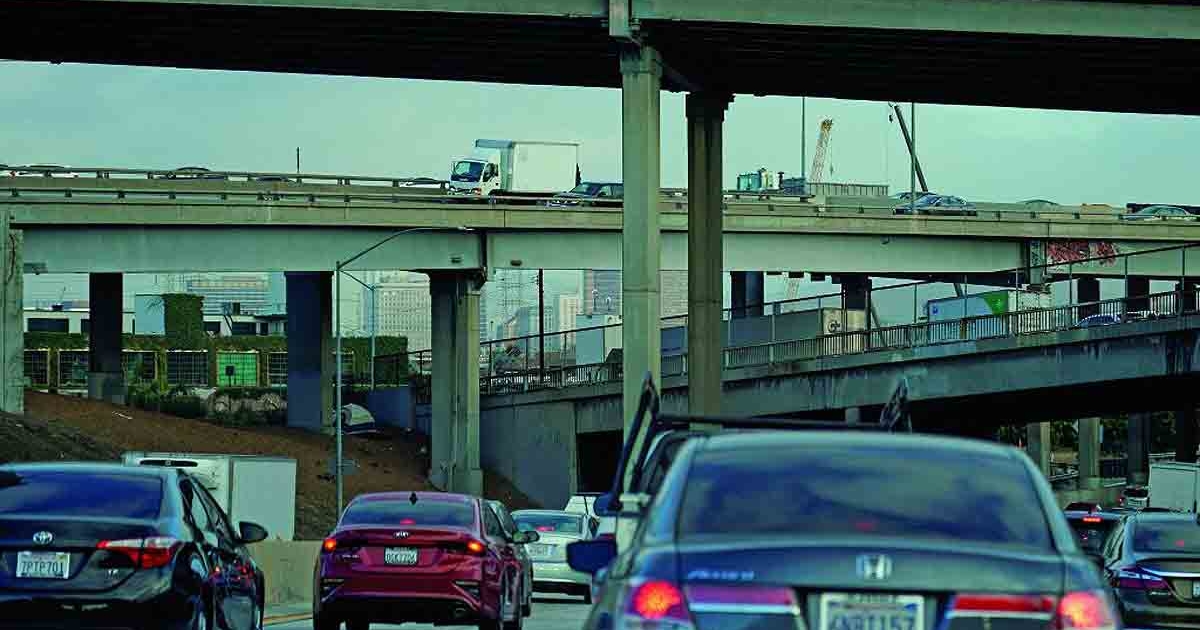
WASHINGTON — The Biden administration on Tuesday unveiled a comprehensive blueprint for decarbonizing the transportation sector, the nation’s largest source of greenhouse gas emissions and a main cause of air pollution.
The road map, known as the U.S. National Blueprint for Transportation Decarbonization, was jointly developed by the EPA and Energy, Transportation, and Housing and Urban Development departments to eliminate nearly all greenhouse gas emissions from the transportation sector by 2050.
The blueprint’s release comes after the four agencies in September signed a memorandum of understanding to formalize a holistic decarbonization strategy and support President Joe Biden’s goals of addressing climate change, achieving 100 percent carbon-free electricity by 2035 and reaching net-zero emissions economywide by 2050.
“Transportation policy is inseparable from housing and energy policy, and transportation accounts for a major share of U.S. greenhouse gas emissions, so we must work together in an integrated way to confront the climate crisis,” Transportation Secretary Pete Buttigieg said in a statement. “Every decision about transportation is also an opportunity to build a cleaner, healthier, more prosperous future.”
The blueprint is intended to guide future policymaking as well as R&D and other efforts in the public and private sectors, such as increasing access to clean and affordable transportation options, modernizing the grid to meet demand from electric vehicles and reducing emissions from the entire transportation life cycle, including emissions from construction.
It also requires working closely with states, local communities, labor unions, the private sector and other key stakeholders.
For the auto industry, it means continuing investments in EV and battery manufacturing and expanding the number of electric models across their vehicle lineups, a senior administration official said Monday during a press briefing.
“Beyond just having the vehicles and products, the auto industry will play a critical role working along with EV charging companies to make sure that we have an overall fueling network that is, first of all, highly compatible [and] resilient across vehicles and chargers,” the official said.
Light-duty vehicles account for most transportation emissions at 49 percent, followed by medium- and heavy-duty trucks and buses at 21 percent, according to the blueprint.
Between 2030 and 2040, the blueprint calls for transitioning all new-vehicle sales to zero-emission technologies and scaling up sustainable fuels.
A transition to ZEVs and sustainable fuels for cars, commercial trucks, transit, boats and airplanes is “expected to drive the majority of emissions reductions,” according to the agencies’ fact sheet.
In 2021, Biden set an ambitious target for battery-electric, plug-in hybrid and fuel cells to make up 50 percent of all new vehicles sold in the U.S. by 2030. He also signed an executive order to transition the federal fleet to zero-emission vehicles by 2035.